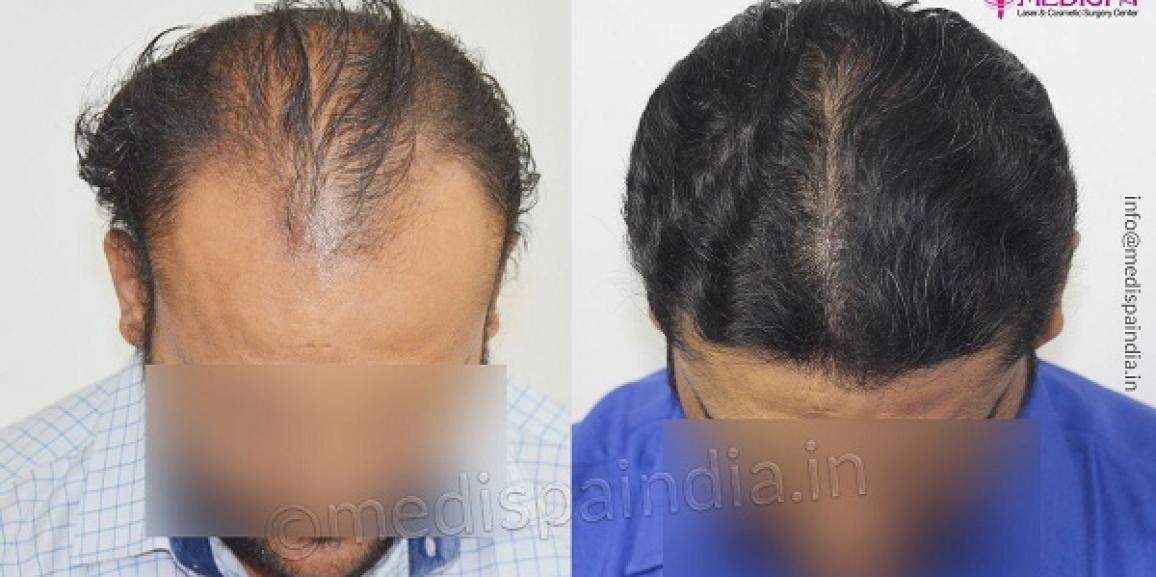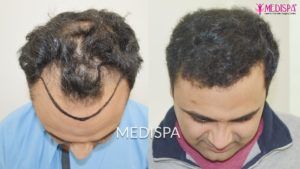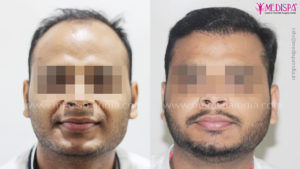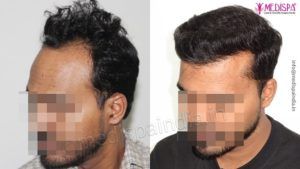
These days, hair transplant is a very common word because of the effectiveness of the treatment, people’s growing awareness of aesthetics, and the rising incidence of hair loss. Upon contemplating the process, several dubious inquiries immediately surface.
Although the phrase “hair transplant” has grown in popularity, most people are misinformed about the procedure. Unquestionably, hair transplant surgeries are beneficial for offering a long-term cure for hair loss, but you should be informed on the procedure’s ins and outs to prevent any post-procedure discontent.
The practice of hair transplant in India has become quite popular and has made great progress in terms of quality. People travel to India for hair transplant tourism, and a few hair transplant facilities have become well-known worldwide. For the best hair transplant experience, many travel all the way because hair transplant cost in India there is likewise comparatively inexpensive.
Ranking among the best hair transplant clinics in the world, Medispa hair transplant clinic in Delhi and Jaipur are trailblazers in the area of hair transplantation. We have the finest success record in the business and a solid reputation for offering premium services at fair prices. Your hair transplant procedure will be as enjoyable as possible thanks to the expertise and ability of our highly qualified staff.
One of the best hair transplant surgeons in the world, Dr. Suneet Soni has unparalleled skill and vision for carrying out hair transplants and reaching maximum hair density with results that seem entirely natural. Because of his extraordinary abilities, hundreds of people who suffer from hair loss come see us each year for the amazing hair transplant.
Surgical hair restoration
Hair restoration surgery involves removing hair grafts from certain body locations identified as donors, where permanent hair roots already exist, and implanting them into the recipient’s bald areas. Because these tiny hair grafts are prone to breaking, these permanent hair roots are treated carefully and placed with extreme care. Most people in our generation who have hair loss are considering hair transplantation as a treatment option. The patient has to decide whether to have a hair transplant or not.
Most patients who visit us have a number of typical questions that they could misunderstand from online sites or to which they might obtain conflicting answers that could be perplexing.
Are you a good candidate for this procedure at this age?
It’s one of the most often asked questions.
Because there are varying opinions on this topic, online portals provide a range of responses. So that you know when a hair transplant is an option for you and when it isn’t, let us explain the issue.
When is the right age to have a hair transplant?
The best age to get hair transplants is not specified. For the fundamental components of the process, the patient must satisfy the requirements. There are a few requirements to meet in order to be a suitable candidate for hair transplantation. They are stated as follows:
- For a minimum of three years, the hair loss must have been consistent.
- There should be no underlying medical condition that might exacerbate hair loss or interfere with the healing process for the patient.
- The patient’s hair loss must be continuous.
- There should be no underlying disease or inflammation on the scalp.
- The patient must be made fully aware of the expected outcomes.
- The donor region must be sufficiently thick to provide complete coverage.
These are the particular factors that decide if hair loss is possible at any age. See your doctor as soon as possible to find out if the procedure is viable. Because you are older, don’t let that scare you from doing anything.
How can I determine if I can have a hair transplant at any age?
Let’s investigate the potential criteria that may be used to determine a patient’s eligibility for a hair transplant.
First and foremost, in order to have a hair transplant, the hair loss must be steady for at least three years at any age. If you get a hair transplant when your hair loss is worsening, the results might seem bad since the transplanted hairs would be left behind as the surrounding regions of hair loss worsen.
Second, your donor areas should have enough hair density, regardless of age, to cover the bald area adequately. It is imperative to refrain from overharvesting the donor site, as this may result in the violation of safe zones and density depletion at the donor sites.
Thirdly, regardless of age, there should be no underlying disease in the scalp regions since it might compromise the results of a hair transplant.
Fourth, the patient must have overall good health and be free of any illness that causes hair loss or interferes with recovery. You must exercise patience and tackle the underlying causes of any systemic diseases that may have a negative impact on the outcome before moving on with the hair.







